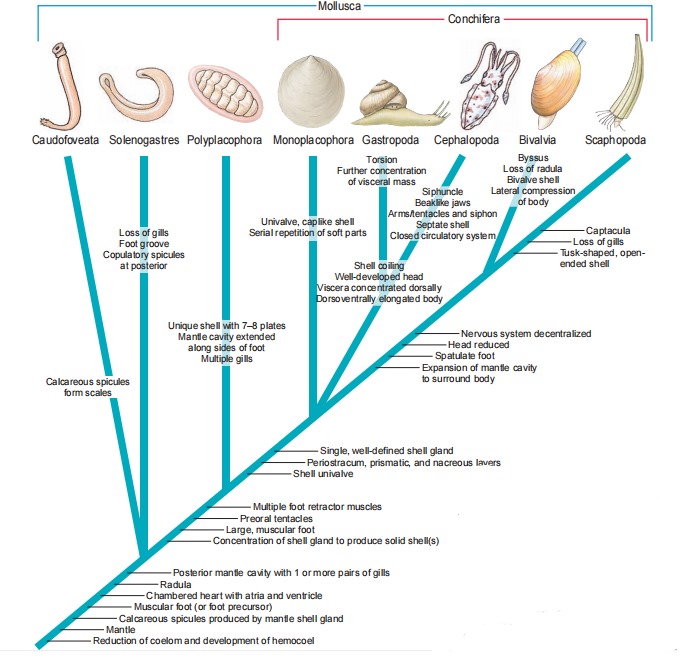Although a fluid-filled coelom provided an efficient hydrostatic skeleton for burrowing, precise control of body movements was probably difficult for the earliest coelomates. The force of muscle contraction in one area was carried throughout the body by the fluid in the undivided coelom. In contrast, there were distinct coelomic compartments within the bodies of ancestral annelids. Compartments, known as segments or metameres, were separated from neighbors by partitions called septa.
Septa permitted each fluid-filled segment to respond individually to local muscle contraction—one segment could be long and thin and another short and round. Annelids illustrate segmentation, or metamerism; their bodies are composed of serially repeated units. Each unit contains components of most organ systems, such as circulatory, nervous, and excretory systems.
The evolutionary advent of metamerism was significant because it made possible much greater complexity in structure and function. Metamerism increased burrowing efficiency by permitting the independent movement of separate segments. Fine control of movements allowed, in turn, the evolution of a more sophisticated nervous system. Moreover, repetition of body parts gave the organisms a built in redundancy that provided a safety factor: if one segment should fail, others could still function. Thus an injury to one part would not necessarily be fatal. The evolutionary potential of the metameric body plan is amply demonstrated by the large and diverse phyla Annelida, Arthropoda and Chordata, which likely represent three separate evolutionary origins of metamerism.
The wormlike animal phyla described in this chapter are coelomate protostomes belonging to subgroup Lophotrochozoa. They develop by spiral mosaic cleavage, form mesoderm from derivatives of the 4d cell, make a coelom by schizocoely, and share a trochophore as the ancestral larval form. Three phyla are discussed: Annelida, Echiura, and Sipuncula. Members of phylum Annelida are segmented worms living in marine, freshwater, and moist terrestrial habitats. Marine bristle worms, leeches, and the familiar earthworms belong to this group. Annelida also now includes pogonophoran and vestimentiferan worms, formerly either placed together in phylum pogonophora, or placed in distinct phyla: Pogonophora and Vestimentifera. These deep-ocean worms belong in clade Siboglinidae within class Polychaeta.

Worms in phylum Echiura and phylum Sipuncula are benthic marine animals with unsegmented bodies. Several phylogenetic studies using molecular sequence data place echiurans within phylum Annelida as a derived group of polychaetes where segmentation has been lost, but this placement is not universally accepted. We depict echiurans as the sister taxon to Annelida, and sipunculans as the sister taxon to a clade composed of Annelida and Echiura.
Useful External Links



 for biology enthusiasts.
for biology enthusiasts.